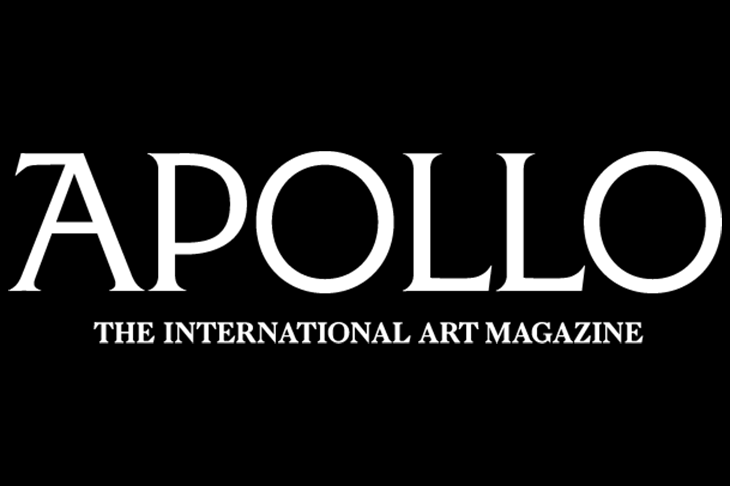Our daily round-up of news from the art world
Poland considers acquiring Czartoryski family collection | The Polish culture ministry has said that it wants to keep the Czartoryski family collection in Poland for the benefit of future generations, reports the New York Times. ‘It would be good, even from a formal standpoint, if it were to become a national treasure,’ deputy minister of culture Jaroslaw Sellin said of the collection, which includes masterpieces such as Leonardo’s Lady with an Ermine. The collection, which was begun more than than 200 years ago, is currently owned by the Princes Czartoryski Foundation, and is housed and partly displayed at Krakow’s National Museum. Local reports state that the government will offer up to 1 billion zlotys ($236 million) for the entire collection, though Foundation board director Marian Wolski is reportedly against the sale.
Permanent home promised for Kochi-Muziris Biennale | India’s Kochi-Muziris Biennale has faced a difficult opening week following the country’s decision to withdraw high denomination bank notes from circulation, reports The Art Newspaper. Yet while certain galleries have said they are struggling to pay workers due to the chaotic ‘demonetisation’ measures, the programme of events has generally been a success. The Biennale has also received a significant vote of confidence from the state government of Kerala, which has pledged to put 75 million rupees ($1.1 million) into finding a permanent home for the festival, to ‘cement its place as the Venice Biennale of South Asia’. If the grant goes ahead, it will represent the largest sum ever invested in the arts by an Indian state government.
Magnus af Petersens named director of Bonniers Konsthall | Stockholm’s Bonniers Konsthall has appointed Magnus af Petersens, currently head of exhibitions and collections at the Moderna Museet, as its next director. Af Petersens, who is also a ‘curator at large’ for London’s Whitechapel Gallery, will replace long-term director Sara Arrhenius when he takes up the post in 2017. ‘We believe that the combination of Magnus’ experience of and passion for contemporary art will infuse Bonniers Konsthall with an exciting energy and vitality,’ museum chair Pontus Bonnier said in a statement.
Zurich’s RaebervonStenglin space to close | Zurich gallerists Beat Raeber and Matthias von Stenglin have announced that they are to end their partnership of seven years and are vacating their joint space at Pfingstweidstrasse 23. ‘We have held various discussions about future strategies […] and we have concluded that we have different visions for the future,’ they said in a joint statement.
Recommended reading | ‘For the whole of my career as an art critic, this same stuck record — “We need to return to proper painting and sculpture” — has been playing on my Dansette’, says Waldemar Januszczak in the Sunday Times (£).A case in point, he believes, is the Saatchi Gallery’s current exhibition, ‘Painters’ Painters’: it is ‘exactly the kind of show the stuckists clamour for’. He advises readers to visit the ICA’s ‘punchy’ ‘New Contemporaries’ show instead. Elsewhere, the New York Times’s Randy Kennedy has scored a rare interview with dealer Marian Goodman. Now 88, Goodman has been a quiet presence on the international art scene since the zenith of Abstract Expressionism, and is now rightfully recognised as one of the art world’s most influential figures. But success does not prohibit her from issuing some cautionary advice: ‘The auctions have been good for business, but I’m not sure it’s been so good for the art world.’ Meanwhile in The Art Newspaper, Katerina Gregos has some sobering advice for those hyping up Brussels as the art world’s ‘new Berlin’: the Belgian capital, she writes, ‘has neither the history, nor the edge that Berlin once had, nor, in fact, the ample, cheap space that came to house the countless artists that moved there since the Wall came down.’
Unlimited access from just $16 every 3 months
Subscribe to get unlimited and exclusive access to the top art stories, interviews and exhibition reviews.












![Masterpiece [Re]discovery 2022. Photo: Ben Fisher Photography, courtesy of Masterpiece London](http://www.apollo-magazine.com/wp-content/uploads/2022/07/MPL2022_4263.jpg)






